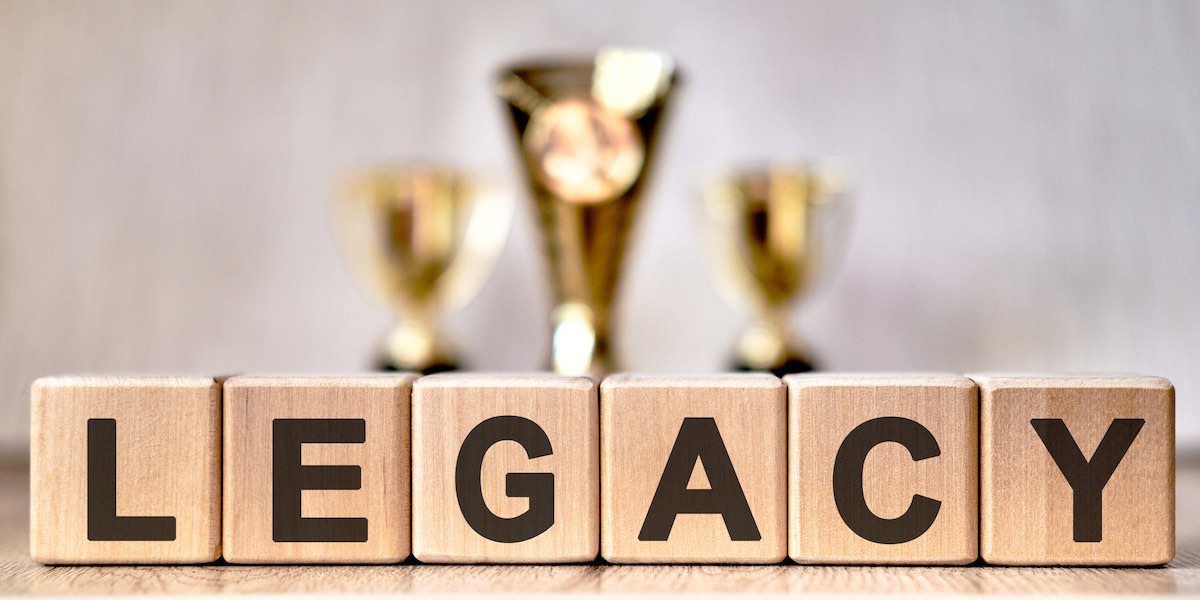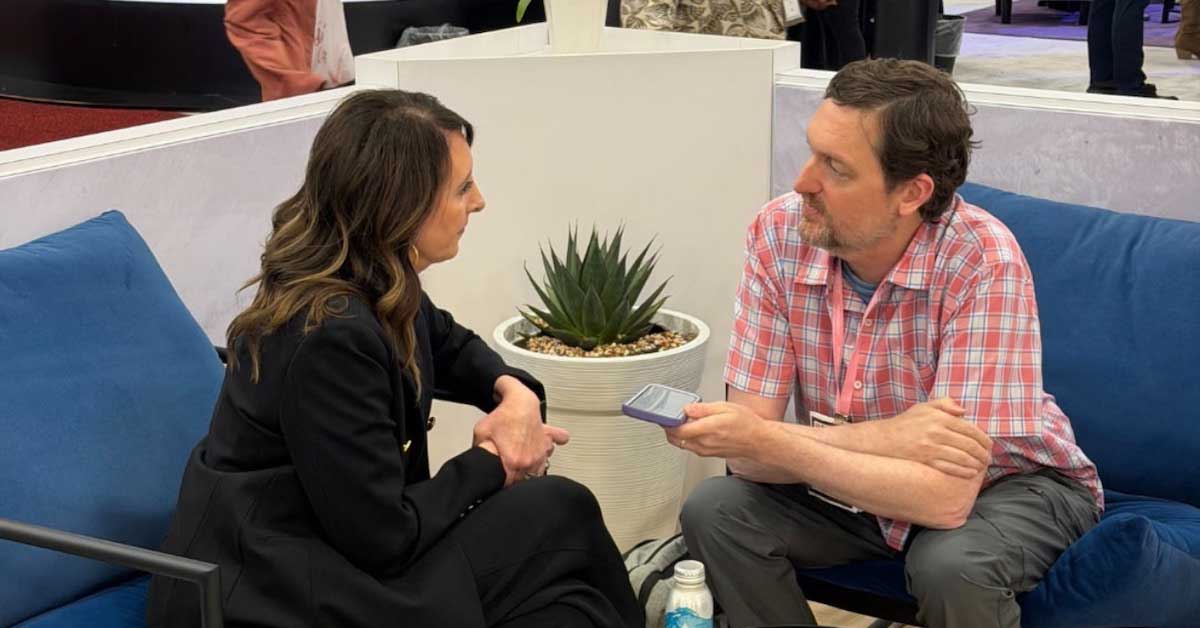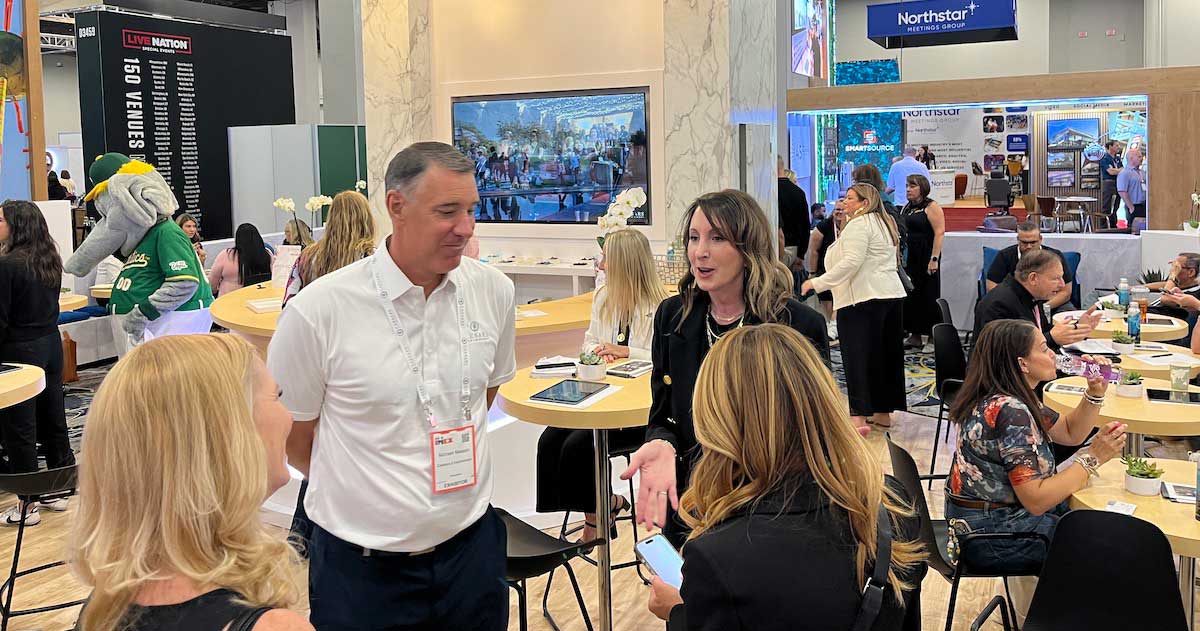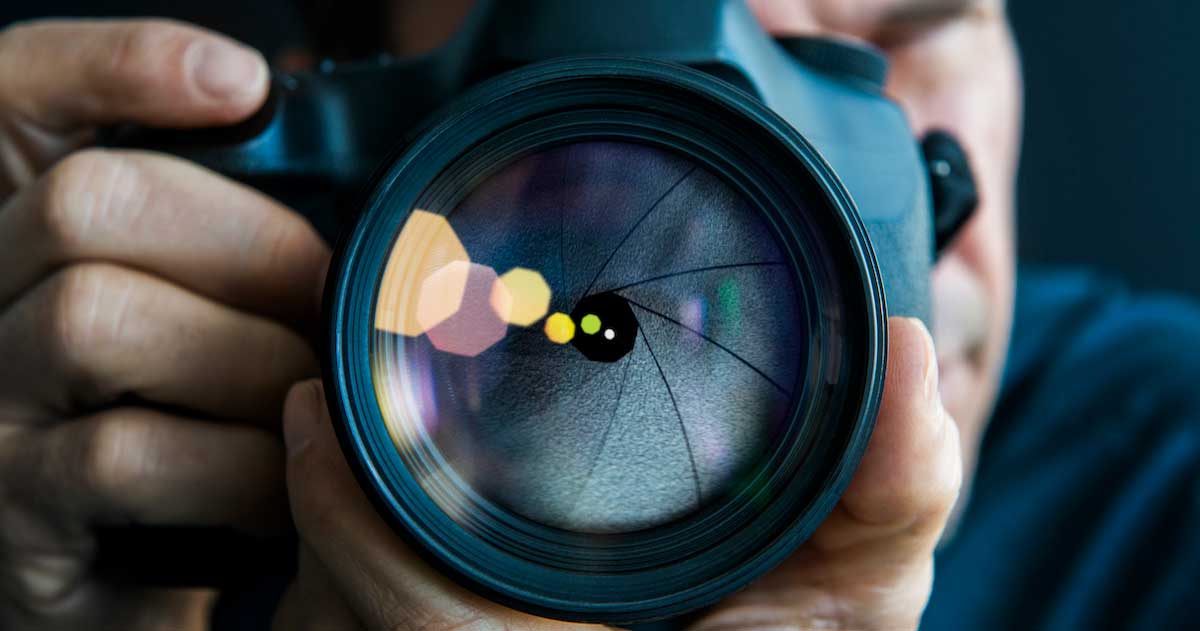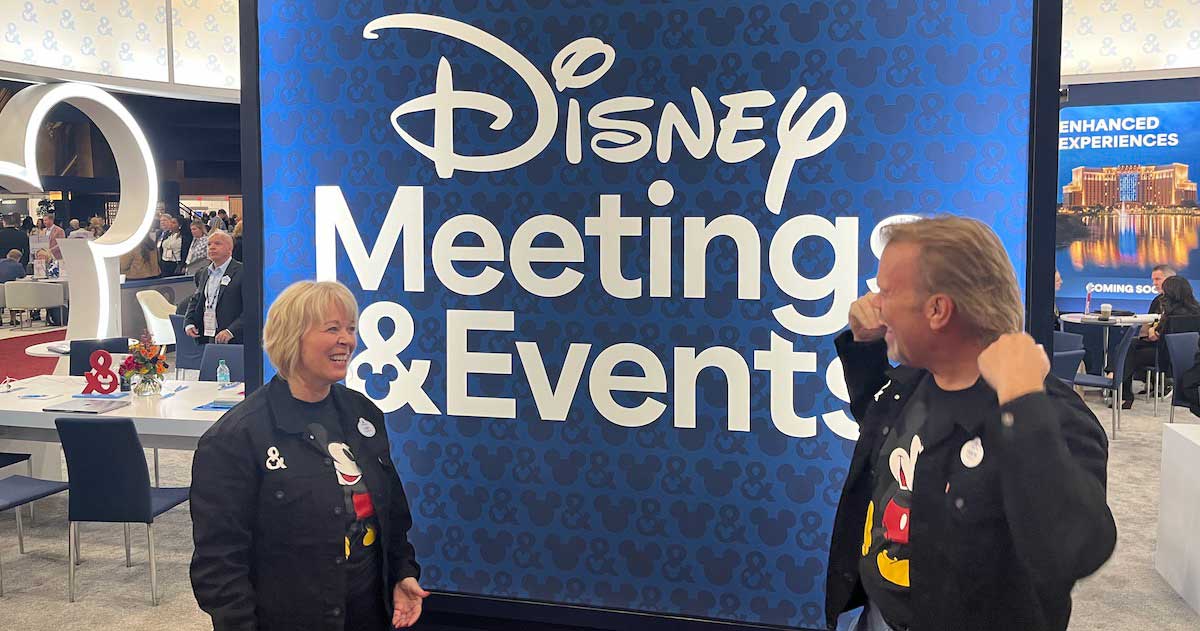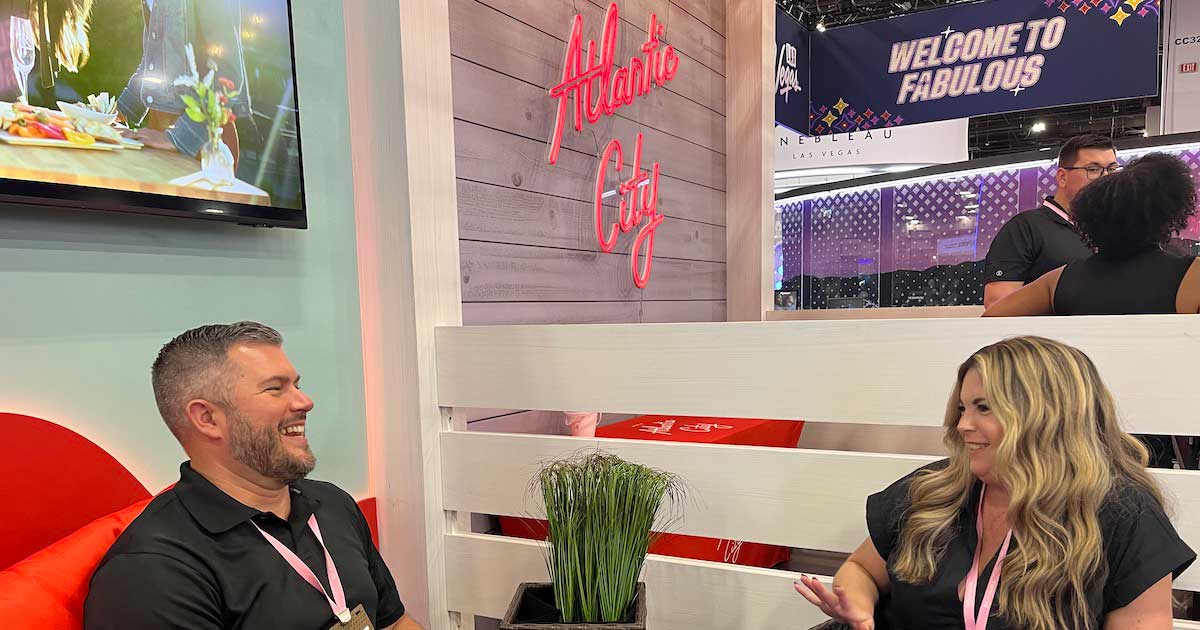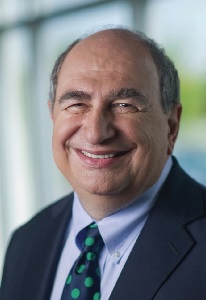 Nick Topitzes, founder of PC/Nametag and among those honored as one of MPI's "50 Legacy Contributors," reflects on his history in the industry and its intersection with MPI.
Nick Topitzes, founder of PC/Nametag and among those honored as one of MPI's "50 Legacy Contributors," reflects on his history in the industry and its intersection with MPI.
I joined MPI in 1987. I wasn’t new to the industry. I had already spent many years producing conferences, several international and local trade shows and a major exhibition.
I had done the advertising for our local convention bureau that had just started in 1973. I grew up working audiovisual and stage crew in high school. And I had worked as a waiter in a fine-dining restaurant and owned a hamburger joint at the Wisconsin State Fair. All useful experiences for a meeting professional.
One of my exhibitors read me a riot act because in 1984 I had nametags that were unreadable for a trade show. I worked with a friend and we developed software that could print a readable nametag using the new IBM PC and a dot matrix printer.
Knowing others would want it, I looked for how I could market it. While I was familiar with Meeting World, I needed other ways to market the software. I had attended an MPI meeting in 1978 in Chicago and explored getting involved.
In the late 80s, there were only a few software [programs] available for planners and we would do workshops at MPI meetings. The developers demonstrated software [programs] and the planners learned about the new technology that was available on something other than a mainframe. Room layouts, registration, hotel BEOs, audiovisual, etc. All were very basic compared to today’s tools.
Not only did those special technology sessions prove to be a market for my software, but I learned how to produce better meetings by attending the other workshops at the event. We were all learning, and the idea of a professional planner was still relatively new outside of major corporations and associations.
At that time, we were Meeting Planners International, not Meeting Professionals International and MPI was still somewhat small—a few thousand [members]. Those meetings in the late 80s and 90s were events where one could meet with planners and suppliers from all around the country and Europe. In my planner role, I quickly made contacts with hotel salespeople in cities other than the cities I had been using and soon I was producing conferences with those new contacts in hotels I had never used before.
It was about that time that the CMP was developed and, in 1987, I was among those early recipients. Those workshops at the MPI winter and summer meetings helped me gain new knowledge that I could use for my meetings. The reference materials recommended for the CMP brought me new knowledge.
In the late 80s or early 90s, MPI made the decision to create a trade show and it gave everyone another opportunity to show and learn.
My company kept selling pc/nametag. Slowly we added other products and, in 1995, I received a patent for the Stack-a-Ribbon awards. We eventually serviced around 90,000 meetings. I sold the company in 2015.
